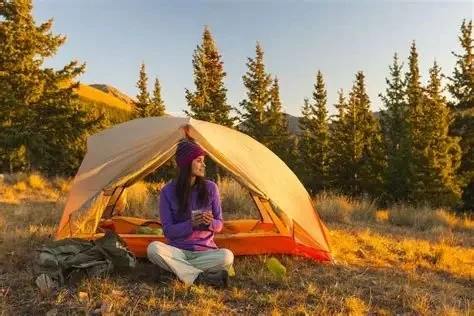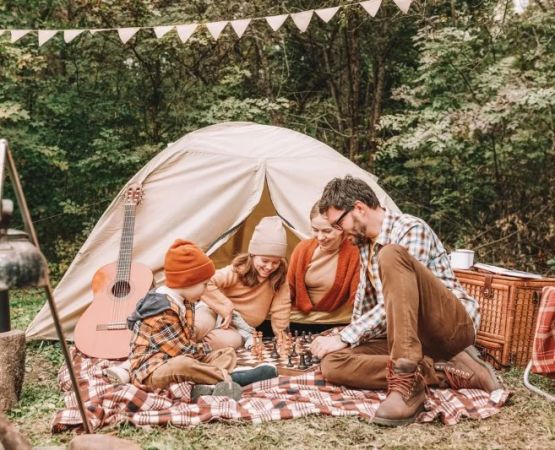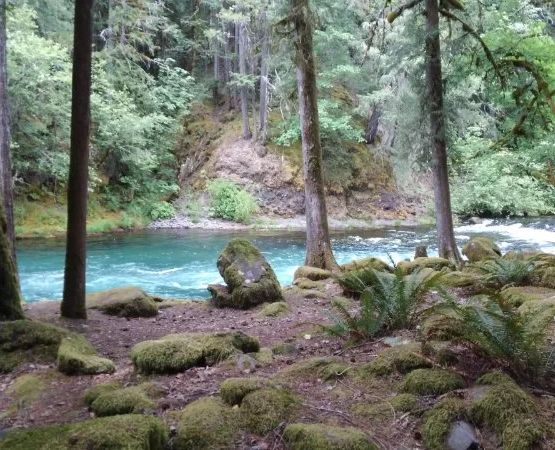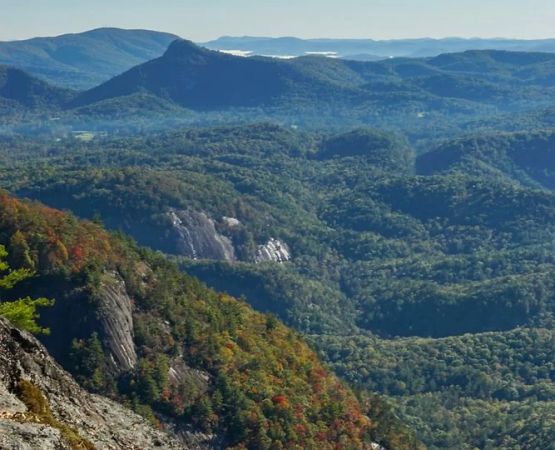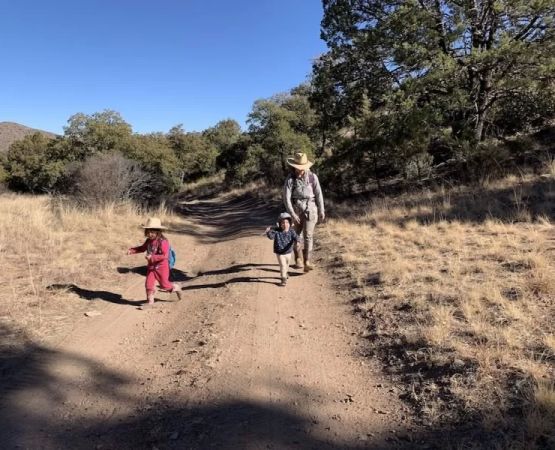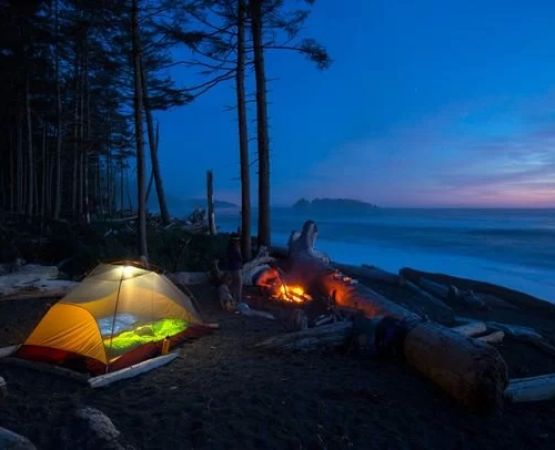- Understanding Campsite Needs for Photography Expeditions
- Location Scouting Tips for Photographers
- Lighting and Time Considerations
- Real Stories and Experiences from Photographers
- Practical Gear and Setup for Campsite Photography
- Enhancing Your Expedition with Smart Choices
Understanding Campsite Needs for Photography Expeditions
Choosing a campsite is not just about finding a comfortable place to sleep—it’s about securing the best vantage points for photography. Photographers often need unique access to landscapes, wildlife, or star-filled skies, and the right campsite can make all the difference. A good campsite provides both accessibility and natural beauty, while also offering the safety and stability needed to focus on capturing incredible shots.
Location Scouting Tips for Photographers
When selecting a campsite, photographers should prioritize locations that align with their goals. For example, if the objective is to photograph wildlife, a campsite near water sources or forest edges may provide more opportunities. For landscape enthusiasts, elevated areas overlooking valleys or mountain ranges create unforgettable perspectives. Using topographic maps, online resources, and even community forums can help photographers identify hidden gems. Many adventurers planning extended stays find Pine Cliff Resort an excellent base for accessing nearby photography hotspots.
Balancing Accessibility and Seclusion
While remote locations often offer pristine scenery, they may require challenging hikes or limit access to necessary supplies. Striking a balance between accessibility and seclusion ensures that photographers can capture stunning images without exhausting their energy or resources before they even set up their cameras.
Lighting and Time Considerations
Lighting is the lifeblood of photography, and campsite selection plays a major role in how light interacts with the environment. Sunrise and sunset shots demand unobstructed horizons, while astrophotography benefits from campsites far removed from artificial light pollution. Many photographers recommend spending time at a potential site during different hours before committing to an overnight stay. This practice ensures the campsite offers ideal conditions for both day and night photography.
Real Stories and Experiences from Photographers
One traveler recalled setting up camp at a high ridge in Colorado, waking up to mist rolling across the valley floor just as the sun broke the horizon—an unplanned but unforgettable shot. Another photographer shared how choosing a campsite near a quiet lake not only provided mirror-like reflections of the surrounding peaks but also unexpected encounters with wildlife. These stories highlight how strategic campsite selection enhances the overall experience and leads to images that tell powerful stories.
Practical Gear and Setup for Campsite Photography
Beyond location, photographers must consider how their campsite setup supports their craft. Tripods, long-exposure gear, and weather protection are essential. A stable surface for camera equipment ensures clear images, while tarps and protective covers shield gear from sudden weather changes. Keeping equipment within quick reach at night also allows photographers to react swiftly when unexpected photo opportunities arise, such as shooting stars or nocturnal wildlife.
Enhancing Your Expedition with Smart Choices
The best photography expeditions are those where preparation and creativity merge seamlessly. By carefully selecting campsites that maximize scenic potential, planning around lighting conditions, and maintaining reliable gear, photographers set themselves up for success. Whether the focus is grand landscapes or intimate nature details, each choice adds depth to the final images. For those looking to combine comfort with adventure, Pine Cliff Resort provides an excellent launching point, blending access to scenic spots with the amenities needed to support longer photography journeys.

